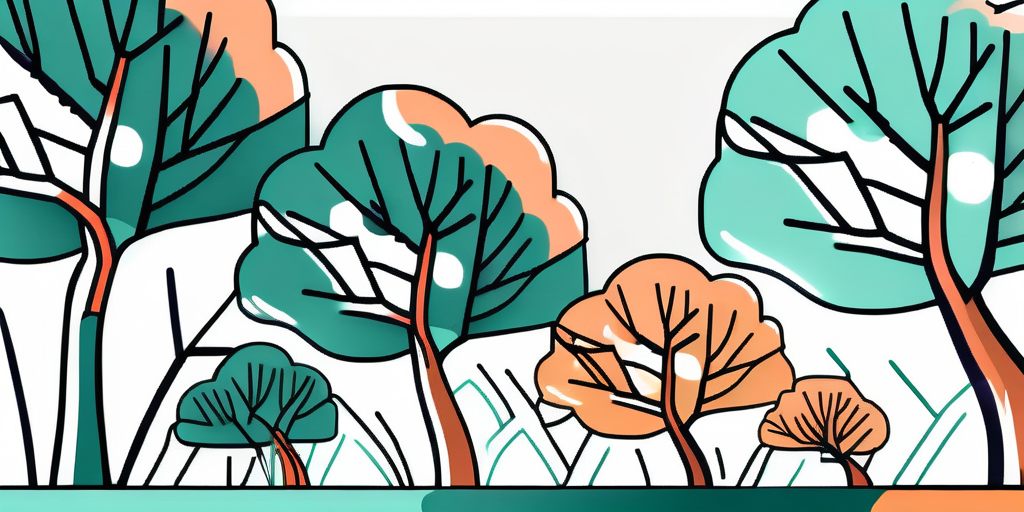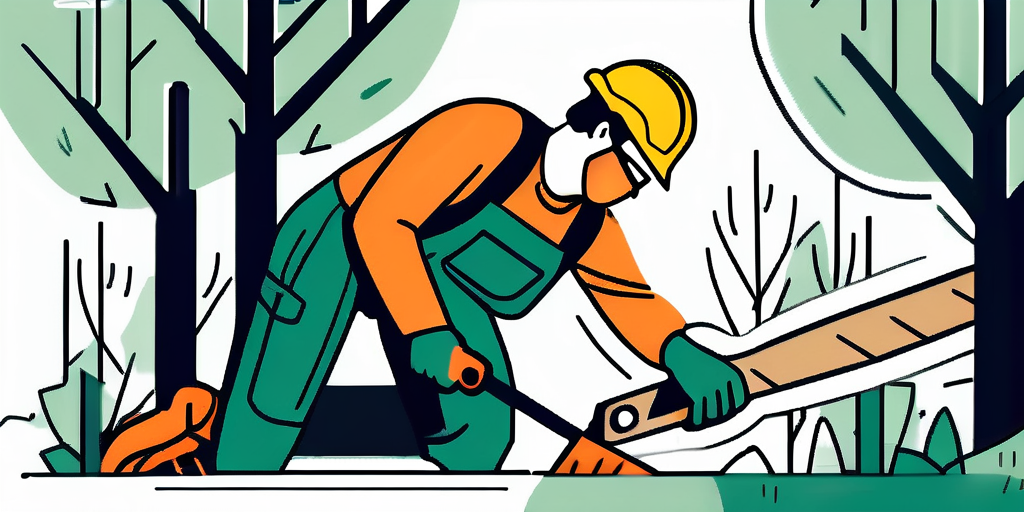When Cutting Tree Branches is Good
when cutting tree branches Is Good
The process of cutting tree branches, also known as pruning, is a crucial part of maintaining the health and aesthetics of your trees. This task, however, is not as simple as it may seem. It requires a thorough understanding of tree biology, proper tools, and a strategic approach. In this comprehensive guide, we will delve into the various aspects of cutting tree branches, from the reasons behind it to the techniques and safety measures to keep in mind.
Understanding the Importance of Cutting Tree Branches
Before we delve into the how-to's, it's essential to understand why
cutting tree branches is necessary. Trees, like any living organism, are susceptible to disease, pests, and physical damage. Cutting off unhealthy or damaged branches can prevent these issues from spreading to the rest of the tree. It also helps to improve the tree's overall structure, making it less likely to break and fall during storms.

Moreover, pruning can enhance the aesthetic appeal of your trees, contributing to the overall beauty of your landscape. Regularly pruned trees grow to have a more balanced and attractive shape. They also allow more sunlight to reach the ground, benefiting the other plants in your garden.
Expert Insight from 770-Tree-Guy
According to the tree care experts at 770-Tree-Guy, regular pruning is also beneficial for the tree's growth. By removing dead or overgrown branches, the tree can focus its resources on new growth. This can result in healthier, more robust trees.
However, they also caution against over-pruning. Removing too many branches at once can stress the tree and make it more susceptible to disease and pest infestations. As a rule of thumb, they recommend not removing more than 25% of a tree's canopy at a time.
How to Cut Tree Branches
Now that we understand the importance of cutting tree branches, let's move on to the actual process. This task requires careful planning and execution to ensure the health of the tree and your safety.
First, you'll need the right tools. For smaller branches, hand pruners or loppers are sufficient. For larger branches, you may need a pruning saw or chainsaw. Always make sure your tools are sharp and clean to make clean cuts and prevent the spread of disease.
Identifying Which Branches to Cut
Start by identifying which branches need to be removed. Look for branches that are dead, diseased, or damaged. Also consider removing branches that cross or rub against each other, as these can cause damage over time.
It's also a good idea to thin out dense canopies to allow more sunlight and air circulation. However, remember the 25% rule mentioned earlier - don't remove too many branches at once.
The Correct Cutting Technique
When cutting a branch, don't just cut it off at the base. This can cause unnecessary damage to the tree and may lead to disease or pest infestations. Instead, use the three-cut technique recommended by 770-Tree-Guy.
First, make a small notch on the underside of the branch about 6 inches from the trunk. This will prevent the bark from tearing when you make the final cut. Next, cut the branch off about 3 inches beyond the first cut. Finally, cut the remaining stub off at the branch collar, which is the swollen area where the branch meets the trunk.
Safety Measures When Cutting Tree Branches
Cutting tree branches, especially large ones, can be dangerous. Therefore, it's crucial to take safety measures to protect yourself and others.

Always wear protective gear, including gloves, safety glasses, and sturdy footwear. If you're using a chainsaw or climbing the tree, additional safety equipment like a helmet and harness may be necessary.
Never work alone - always have someone nearby in case of emergencies. And if a branch is too high or too large to safely cut yourself, don't hesitate to call a professional like 770-Tree-Guy.
Article Summary
- Cutting tree branches, or pruning, is essential for maintaining the health and aesthetics of your trees.
- Pruning can prevent disease and pest infestations, improve tree structure, and enhance landscape beauty.
- Use clean, sharp tools and follow the three-cut technique for safe and effective pruning.
- Always take safety measures, including wearing protective gear and having someone nearby in case of emergencies.
- For large or high branches, consider hiring a professional like 770-Tree-Guy.
In conclusion, cutting tree branches is a task that requires knowledge, skill, and caution. But with this guide, you're now equipped with the information you need to prune your trees effectively and safely. Happy pruning!

